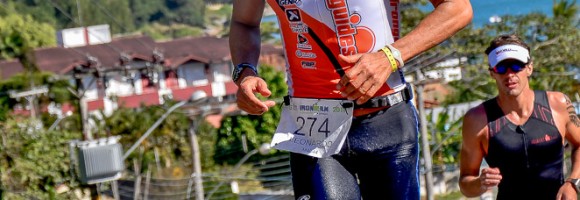Training to perform is hard enough without poor technique getting in the way, poor technique costs us in efficiency of movement but also costs us with increased injury risk. By working to improve technique we can gain time in our races and also make our training a lot more enjoyable.
- Feet land always directly under centre of gravity
- Leg is not driving forward from the hips
- Movement is hamstring dominated
[/vc_column_text]
–
Train with ironguides!
Personalized Online Coaching: Starting at USD190/month
Monthly Training plans (for all levels, or focused on one discipline): Only USD39/months
Event based training plans:
Sprint Distance (USD45 for 8-week plan)
Olympic Distance (USD65 for 12 week plan)
Half Ironman (R$95 for 16-week plan)
Ironman (USD145 for 20-week plan)
X-Terra (USD65 for 12-week plan)
Running Plans (10k, 21k and 42k – starting at USD40)


Recent Comments